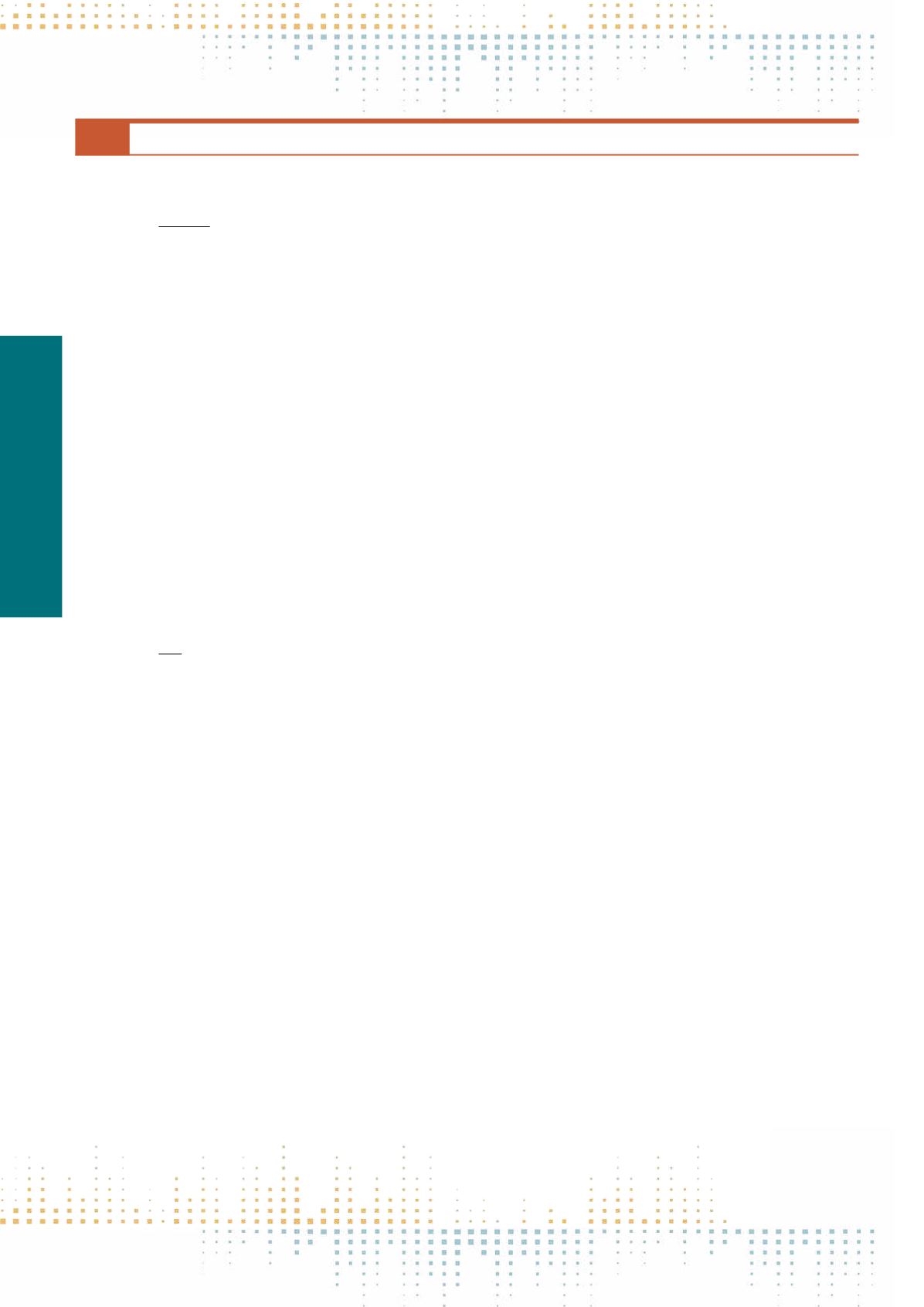

236
Saturday, November 12
0 9 : 0 0 – 1 0 : 3 0
DCC15
Citizens, Social Movements and Digital Media
PP 578
Creative Citizens and the Spheres of Political Agency in Placemaking: Tensions on Claiming and Performing Rights Through
the Mediation of Place
G. Alevizou
1
1
The Open University, Centre for Citizenship and Governance- Social Sciences, Milton Keynes, United Kingdom
This article explores the intersections of creative and digital citizenship within wider domains of urban culture. Drawing on insights from a two-year long
participatory action research with urban activists in London it sheds shed some light on the ways in which people enact creative citizenship in politically
contingent ways: to influence place-making policies and practices by subverting formal rights conventions and by performing novel claims of rights through
the city, in physical, digital and hybrid spaces. It extends notions of creative citizenship, which draw on notions on humanistic perspectives of self expression,
affect and self determination to propose a re-specification of the urban citizen subject with wider spheres of civic culture and digital activism; such spheres
put forward tensions around political agency and symbolic recognition. Combining approaches from the circuit of ‘civic culture’ (Dalgren, 2003; 2009)
with digital citizenship acts framework (Isin and Ruppert, 2015), I devise a model for providing evidence about the interlinking conditions through which
creative acts and citizenship acts can be manifested through modalities of ‘creative placemaking’, expressed through alternative visualizations of contested
buildings/markets and by ‘affective story-telling’. Combining visual analyses with a close reading of commentary in co-created social media platforms and
qualitative interviews with activists, residents and traders, the paper offers insights about, the co-construction of space, and the affect of the site in the wid‑
er area on community. Working with (and often against) within this specialized social media architectures, through distinct types of use, citizens created
a shared space for symbolic recognition, contention, memory, aspiration and advocacy that was often inter-mediated through the official realm of action.
While not always able to overcome anxieties about disrepair and displacement, pre-existing networks of solidarity and trust among participants were
fostered through personal modes of engagement and personal commentary online and offline. These micro-processes of recognition through architectural
and social space enabled the building of wider advocacy beyond the digital platforms. By offering these insights the paper contributes to an investigation
of architecture and belonging through space and diverse modalities of civic planning. It offers key insights which aim to contribute to debates surrounding
the ecologies of urban protest and urban planning advocacy, particularly in relation to the hybrid realms of affect and uncertainty they produce, and the re‑
surfacing of tensions about ‘DIY’, ‘smart-’and ‘creativity-led’urbanism.
PP 579
Digital Media, Symbols, Memory and the Case of the Shahbag: An Attempt to Study Organizational Forces Behind New Social
Movements
S. De
1
1
Jadavpur University, Film Studies, Kolkata, India
This paper will study the role of digital media platforms in creating a discursive context where history and memory could be evoked through a symbol in
an image. The paper will suggest how a symbol can be important to trace a new social movement’s socio-historical context. New social movements and
mass gatherings on the street these days are accompanied by an abundance of images. Whether it is newspaper coverage, or electronic media's attempt to
add dramatic narrative to the coverage of a specific moment through spectacular images captured by the protesters or bystanders, images seem to declare
the ontology of physical movements: It is hardly controversial to assume that movements are pivotally perceived through vision. Thus, clothing and bodily
gestures, images and symbols posters and videos are not only crucial forms of movements’ representation but also potentially reach materials to answer
central research questions in social movement studies. (Doerr, Mattoni, Teune, 2014, p. 557) However, can these symbols within images be effective in sug‑
gesting forces crucial for organizing a new social movement? To address this question, in this paper, specific photograph that triggered mass mobilization
during the Shahbag movement Bangladesh in 2013 will be analyzed. This photograph shows accused war criminal Kader Molla making a 'V' sign after
the decision of life-imprisonment, made of International Crimes Tribunal in Bangladesh in 2013 .This paper will also refer to the studies on the importance
of symbols in images to facilitates people's engagement with history and politics. In the case the of Shahbag movement, this paper will argue that 'icon' and
symbol in the visual and the agency of digital media work together to gather memories of a cultural struggle. This memory of cultural struggle for identity
and nationhood here emerges as one of the organizational factors involved in this movement. In this paper, I used some aspects of virtual ethnography
methodology and used visual analysis for the discussions of the image. While a photograph or visuals are circulated during a new social movement, visual
analysis could underline not just the how the past was captured, but how a captured moment mediate memory, nostalgia, and public's reception of them.
Therefore, the visual analysis is crucial to trace what is beyond the content of a photograph. Even if there is a symbol in the image, the visual analysis in
this paper focuses more on narratives around that symbol and meaning making processes that open up the possibilities participation. Reference: Doerr, N.,
Mattoni, A., &Teune, S. (2014,).Visuals in Social Movements. D. Porta and M. Diani(eds.) Oxford Handbook of Social Movements. UK: Oxford University Press.



















